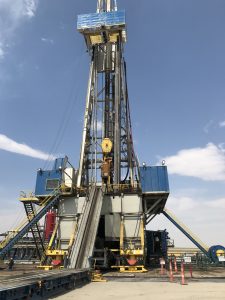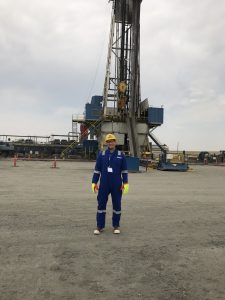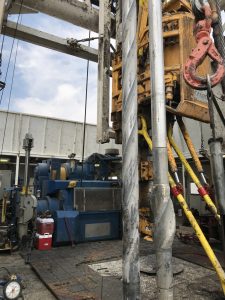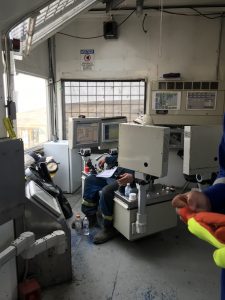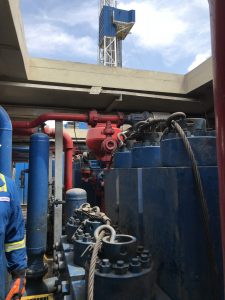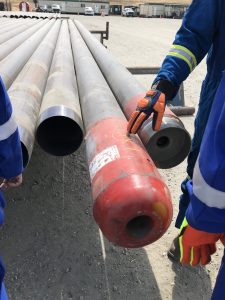After recently returning from a natural resources conference in Denver, I thought it would be beneficial to share some of my takeaways. The conference was a mix of listening to CEO’s discuss trends in the market and touring companies in the field. One of the main focuses of the event was the energy space – my thoughts are highlighted below:
- The power of human capital. One thing that is underestimated in the energy space is the importance of good people and work culture. At the site that we toured in the Denver Basin, located in eastern Colorado, also known as the D-J Basin, crews work 12 hour shifts for 14 days straight and then have 14 days off. This translates into not only employee well-being, but higher quality of work and operational efficiencies. The work can be rigorous and dangerous. Safety in many circumstances can come down to being meticulous with details and processes. The weight of this is real when you see the scale of machinery and hear horror stories of how lives have been lost.
- The space is still fragmented. While many people focus on the large exploration and integrated companies, they lose sight of many other players throughout the energy life cycle. For example, the crew that gave us the tour was hired by the exploration company to crush rock, drill down 2000 feet and cast the well. Once their job was completed, another company, the pressure pumping guys, would come in with massive amounts of horsepower to horizontally frack the shale and use sand to pump out the oil. This is on top of the companies that build the equipment, transport the oil and gas, and the geologists who are hired to test the mud to better understand what’s underground. Because there are so many parts of the value chain, this can create inefficiencies and bifurcations in public markets. This creates investment opportunities.
- Economics of a shale formation. Fracking has been a hot topic in the recent past. We know that it has revolutionized the energy industry and been a path to the U.S. achieving energy independence. One part of the story that can get overlooked is the economics. Shale formations present a great risk/reward opportunity for energy companies and private investors. The chances of drilling a dry hole are almost nonexistent and upfront costs are only a fraction of those to develop an offshore rig. This allows energy companies to be more capital disciplined and nimble in their operations. On top of this, land ownership rights and the political/legal backdrop is better in the U.S. than anywhere else in the world.
- There are building constraints in the market today. Areas like the Permian Basin in West Texas are seeing dramatic production growth. This is leading to problems like takeaway capacity where there isn’t the necessary infrastructure or man-power to work these jobs. One of the managers mentioned the difference in work ethic between the millennials and the older generations. This gap is causing employee retention problems. While areas like the Permian Basin are playing an integral part of the supply story, shale still makes up less then 8M of the 100M barrels a day consumed worldwide. At a time when OPEC is struggling to meet production increases, sanctions are looming against Iran, and Venezuela is in disarray, there are questions of where future production is going to come from. This is a far cry from the narrative of only a few years ago.
